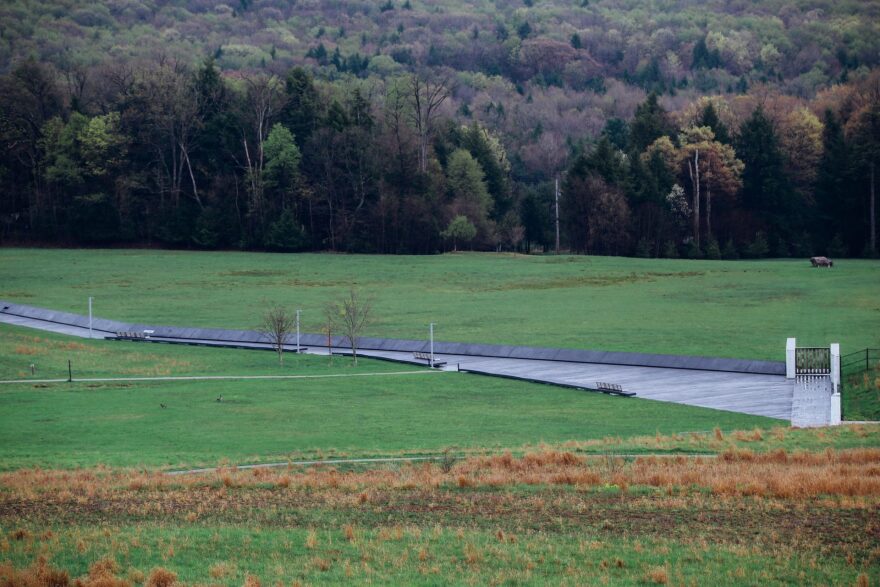Three hijacked planes reached their intended targets on 9/11: The World Trade Center’s North and South Tower and the Pentagon. The fourth plane, Flight 93, was still in U.S. airspace.
“We were tasked to find and take down Flight 93 by any means possible, but we didn't have any missiles on our jets and so it would be a suicide mission,” Then-Air Force Lt. Heather Penney told WESA’s The Confluence.
Penney operated out of Andrews Air Force Base in Washington, D.C. She was dispatched with other colleagues searching for the plane.
“The fate of the passengers on Flight 93 was already sealed,” she says. “And our mission to protect and defend the United States meant that at that point, there was nothing we could do to save the passengers. What we had to do was protect our nation's capital and the people on the ground.”
There was no way, Penney says, to force Flight 93 to the ground with another aircraft and survive.
“We're typically trained to handle hijacking where we, you know, we come up in formation,” she says. “We try to establish communication and then escort a hijacked aircraft to a safe landing spot where they can then be negotiated with. There was no negotiating with these-- with these individuals.”
Flight 93 never made it to its intended target. It crashed in Somerset County, near Shanksville. Penney says Americans owe a debt of gratitude to the passengers of that plane because they had to make the difficult choice to take control of the plane, ultimately sacrificing their own lives.
“I hope that as we come up on this 20th commemoration of 9/11, that instead of focusing on the fear and the sensationalism and the trauma of that day, rather than sinking into those memories, let us tap into the true legacy of the passengers on Flight 93, that spirit that says there are things in this world that are more important than ourselves, that spirit that says courage is greater than fear, that spirit of sacrifice, that spirit of service, that spirit that says our connection is more important than our differences.”













